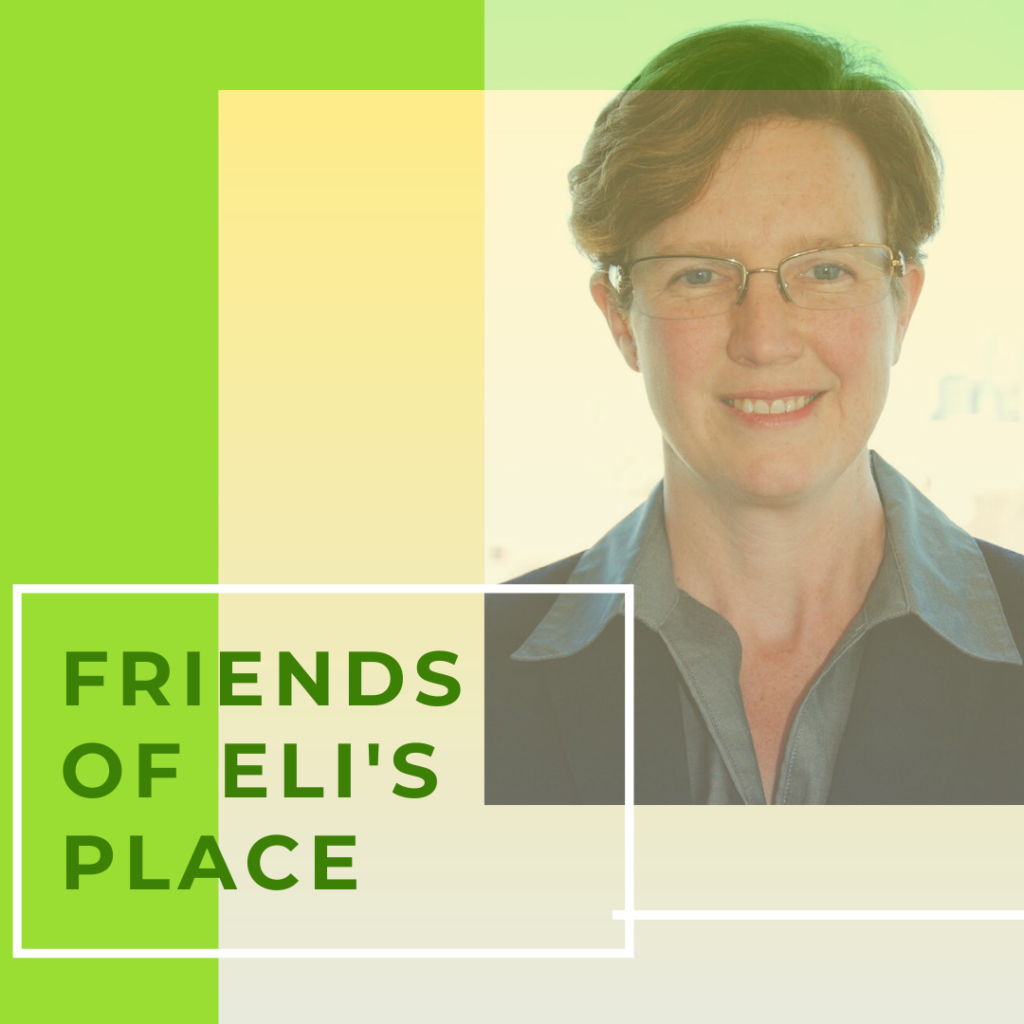Meet Dr. Joanna Henderson, PhD
Dr. Joanna Henderson is fortunate to play many roles in the field of mental health. A clinical psychologist by training, her work is focused on youth and emerging adults aged 12-25. She is a Senior Scientist in the Child, Youth & Emerging Adult program at CAMH and Executive Director of the McCain Centre at CAMH. Currently leading four federally funded studies, Dr. Henderson is directly engaged in shaping the policies and practices that impact young adults with mental illness.
Collaboration across levels of governance is key
Dr. Henderson is quick to point out her work is very collaborative in nature involving youth with lived experience and their families, clinicians, researchers and representatives of different levels of government. She is deeply engaged in designing, building and evaluating a “purpose built system” to address the mental health needs of youth aged 12-25. Previously, there was one system for children with mental health needs and another for adults; youth and emerging adults did not fit easily into either system. This is an age group with unique developmental tasks and thus unique challenges, Dr. Henderson points out.
Challenging our definition of mental illness
We need to challenge our notions around how we define mental illness, says Dr. Henderson. In the past, our approach tended to focus on diagnosis followed by addressing symptoms or a cluster of symptoms that might severely impact one’s life. There seems to be an increasing willingness to open the door to treatment and services which address multiple issues together. For example, services might address substance use and mental health together, rather than as discrete issues. Recognizing that young adults identify suffering from impaired functioning and a sense of disengagement or lack of belonging (not necessarily tied to a diagnosis) is a profound shift in the way mental illness and mental health are understood. It’s important to recognize the complexity of co-occurring conditions such as substance use and anxiety and how they impact developmental tasks which define this age group, notes Dr Henderson.
“Right now we don’t have enough coverage”
Without question, Dr. Henderson recognizes that there is a gap in mental healthcare delivery – from health promotion to prevention, to treatment and service delivery. Having a full continuum of care is key and “right now we don’t have enough coverage,” she says. The need for investment in “targeted and integrated models” for youth is acute. Applying a “youth lens” might allow for greater engagement and better outcomes. At the provincial level, Dr. Henderson believes that a corner has been turned in recognizing that a gap in services exists for youth and emerging adults. While there is much work to be done, she is encouraged by this shift in awareness and is excited by the possibilities it might bring.
A “consumer preference” model of care
Indeed, Dr. Henderson is fired up about the research approaches her work is taking in assessing the needs of young adults. For example, she’s excited about employing a “consumer preference” strategy to understand the range of delivery options possible to meet the needs of this demographic. There is a complexity in the delivery of treatment and engagement that is distinct in this age group. As our understanding of health and well being has evolved in society as a whole, so has our understanding of the unique developmental changes and challenges encountered by youth and emerging adults. Incorporating these understandings into the development of a continuum of care is the focus of Dr. Henderson’s work.
A safe, separate and supported environment
Can a long term, rural residential setting provide an aspect of care to bridge the gap for young adults? Dr. Henderson points out that as a scientist, she has to define the efficacy of a centre like Eli’s Place as an “hypothesis”. Once Eli’s Place is a reality, time and outcomes-based reporting, can provide the data needed to confirm this hypothesis. But she adds that given the success of centres like the Pine River Institute, she stands behind an approach which provides a safe, separate and supported environment for youth. She cautions that planning for a transition out of such a centre and back into the community is essential. A service like the one Eli’s Place will offer is what young people and families often ask for, she says – “a place to go and get better”.
With Dr. Henderson’s remarkable breadth of insight, we are incredibly fortunate she is a member of our Professional Advisory.




